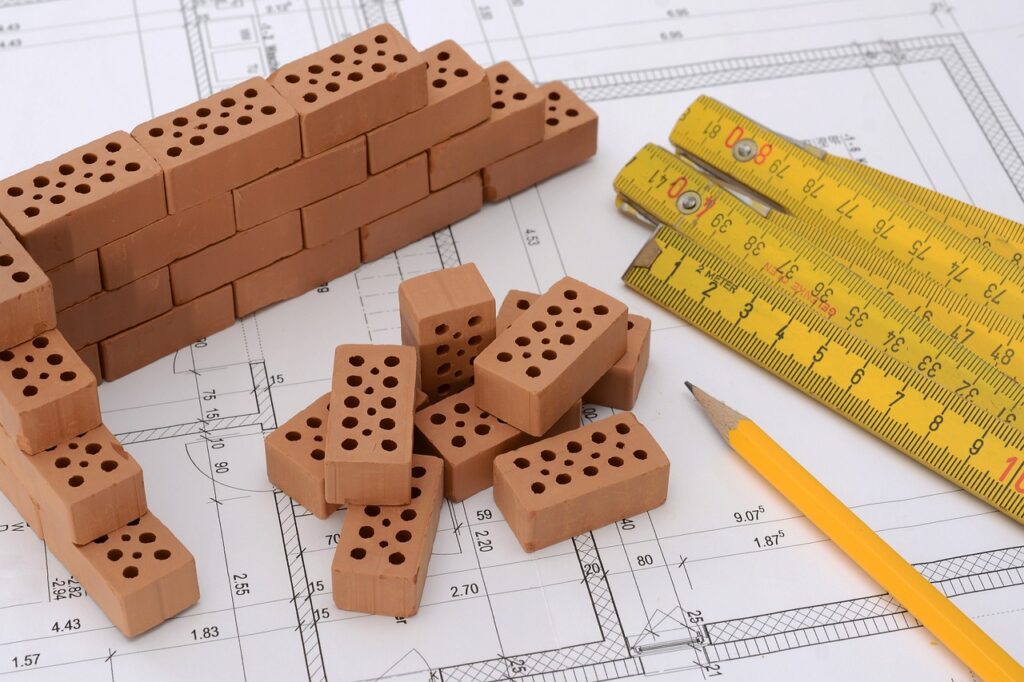Unlock Potential Savings with R&D Tax Credits for Architects
Welcome to the world of opportunity, where we help you understand the potential of R&D tax credits for architects. R&D tax credits architects can claim are often overlooked, but they could be a significant source of funding for your firm.
About R&D Tax Credit for Architects
The government introduced tax credits for Research and Development (R&D) to promote innovation and progress in industries, including architecture. Although people often associate R&D with laboratories or technology companies, it’s crucial to remember that architectural projects can also qualify for R&D tax credits.


What Activities Qualify for R&D Tax Credits for Architects?
If your architectural firm is involved in activities that resolve technological uncertainties or improve existing processes or structures, you may be eligible for R&D tax credits. When it comes to design, there are activities that can potentially qualify for these credits.
These activities include developing innovative design concepts, improving construction materials or methods, and enhancing sustainability. It’s important to note that you don’t have to create something for R&D tax credits to be eligible.
Even if you’re working on refining an existing design or method, you may still qualify. This is particularly relevant if you’re working on projects that involve complex structural challenges, energy-efficient buildings, or unique aesthetic designs.
Four-Part Test Used to Qualify for Architectural R&D Tax Credits
To determine if your architectural project qualifies for R&D tax credits, you’ll need to pass the four-part test for R&D. The four parts include:
- Technological in Nature: The activity must rely on principles of hard science such as physics, chemistry, biology, or engineering.
- Elimination of Uncertainty: The activity must aim to eliminate any uncertainty about developing or improving a product or process.
- Process of Experimentation: The activity must involve a process of experimentation aimed at eliminating or resolving a technical uncertainty.
- Permitted Purpose: The outcome of the activity must be a new or improved business component.
If your architectural project meets these criteria, it could be eligible for R&D tax credits.

Make the Most of R&D Tax Credits
It’s time to take action. Don’t let opportunities like the R&D tax credit 2018 slip away. Your architectural firm deserves to reap the benefits of your innovative work. Our team is ready to guide you through the process of claiming R&D tax credits for architects.
We have extensive experience helping firms identify qualifying activities and expenses and navigating the complexities of the R&D architecture tax credit application process. We have numerous R&D tax credit examples to share, showing how companies have benefited from this incentive.
If you’re ready to unlock potential savings and fuel more innovation in your firm, get in touch with us today.
Frequently Asked Questions
Yes, architects can claim Research and Development (R&D) tax credits. Activities such as site planning, building design, construction documentation, and other innovative architectural work could be classified as qualified research activities, making them eligible for R&D tax credits.
In the context of architecture, R&D refers to activities that involve technological innovation or advancement. This can range from developing new design concepts, improving construction materials or methods, and enhancing environmental sustainability to solving complex structural challenges. The goal is to drive progress in the architectural field through these activities.
The R&D tax credit can add up to 7-10% of qualified research expenses, depending on various factors. It could even be used against payroll taxes up to $250,000 for start-up companies. Thus, it can be a significant funding source for firms investing in innovation.